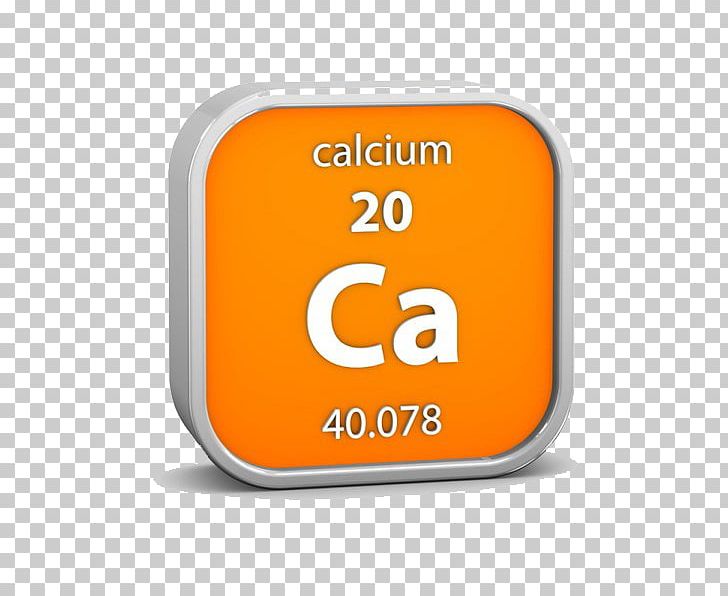

The purification occurs because the iron oxide bed oxidizes the carbon to carbon monoxide and the sulfur, phosphorus and silicon to their oxides. The final result is a material which is nearly pure iron, with only 0.1-0.2% of carbon and less than 0.5% of all impurities. Wrought iron is made from cast iron by melting it on a bed of iron oxide. Nickel-iron meteorites are fairly common.Ĭommon useful forms of iron alloys are cast iron, wrought iron, and steel. Nickel is often found in association with iron and sometimes forms the compound Ni 3Fe, called awaruite in its mineral form. A phosphate of iron and lithium is triphylite. Phosphates of aluminum and iron are vauxite and paravauxite. Iron, magnesium and manganese form the phosphate mineral ludlamite. Iron appears with magnesium and aluminum in the phosphate lazulite. Graftonite is a phosphate mineral of iron, manganese and calcium. Strunzite is a phosphate mineral of iron and manganese.

Strengite is a phosphate mineral of iron.
The abundant iron in the Earth's crust is found in silicate minerals such as andradite. Those minerals include tremolite, riebeckite and grunerite. Iron, along with magnesium, is a constituent of the fibrous silicate minerals which were collectively given the commercial name asbestos. Beudantite is a mineral containing iron and lead along with sulfate and arsenate groups, PbFe 3(AsO 4,SO 4) 2(OH) 6. Zinc and iron form the sulfide wurtzite, (Zn,Fe)S.Ī sulfate mineral of iron and potassium is jarosite. Cobalt joins with iron and arsenic in the sulfide glaucodot, (Co,Fe)AsS. Lead, copper and iron join in the sulfide betekhtinite. Germanite is a sulfide which contains copper, germanium and iron. Tennantite is a sulfide which contains iron, arsenic, copper and antimony. Iron is found in the mineral nagyagite, a sulfide, along with gold, lead, antimony, and tellurium. A sulfide formed with tin, lead and antimony is called cylindrite. Sulfides with copper include bornite, Cu 5FeS 4, and cubanite, CuFe 2S 3. A sulfide with antimony forms the mineral berthierite. Iron joins in a sulfide with copper and antimony called tetrahedrite. Iron forms an oxide mineral with titanium, lead and manganese called senaite. Chromium and iron together form the oxide chromite, FeCr 2O 4. Titanium and iron together form the oxide ilmenite, FeTiO 3. Iron forms some phosphates like vivianite. Iron with arsenic forms the mineral loellingite, FeAs 2. Iron also joins with arsenic to form arsenopyrite, FeAsS. Copper joins iron to form chalcopyrite, CuFeS 2. Iron also forms the sulfide marcasite, FeS 2. A variation on pyrite is called pyrrhotite and the composition is written Fe 1-xS. Iron pyrite, Fe 2S, contains the iron, but it is difficult to isolate from the sulfur. Iron joins magnesium in the carbonate pyroaurite. Tungsten is found with iron and manganese in the mineral Wolframite. Another oxide with boron (borate) with iron, titanium and magnesium is warwickite. Iron is found with manganese and zinc in the oxide mineral Franklinite. Iron also forms the oxide minerals lepidocrocite and goethite, each with the general formula FeO(OH). The chief ores are the oxides hematite, Fe 2O 3, and magnetite, Fe 3O 4, and its carbonate siderite, FeCO 3. Iron ore is abundant, but its isolation is an energy-intensive process. Iron is one of the big 8 elements in the Earth's crust, being the fourth most abundant element at about 5% by weight. It is made much more useful by alloying it with other materials.Īdding a small amount of carbon to iron greatly strengthens it, and other useful alloys are made by adding amounts of the transition metals. Pure iron has little use - some for analytical chemistry and some in medicine. It has also been found in igneous rocks in Russia. It is rare to find it in elemental form on the Earth, but the sample at right was found in Greenland. It is soft, malleable, and ductile, and is strongly magnetic ( ferromagnetic). Pure iron is a bright silvery-white metal which oxidizes (rusts) rapidly in moist air or in water containing dissolved oxygen.


 0 kommentar(er)
0 kommentar(er)
